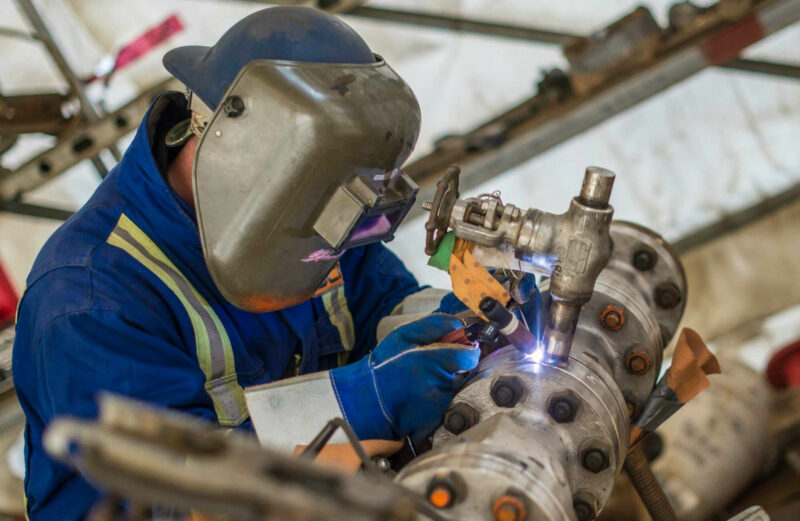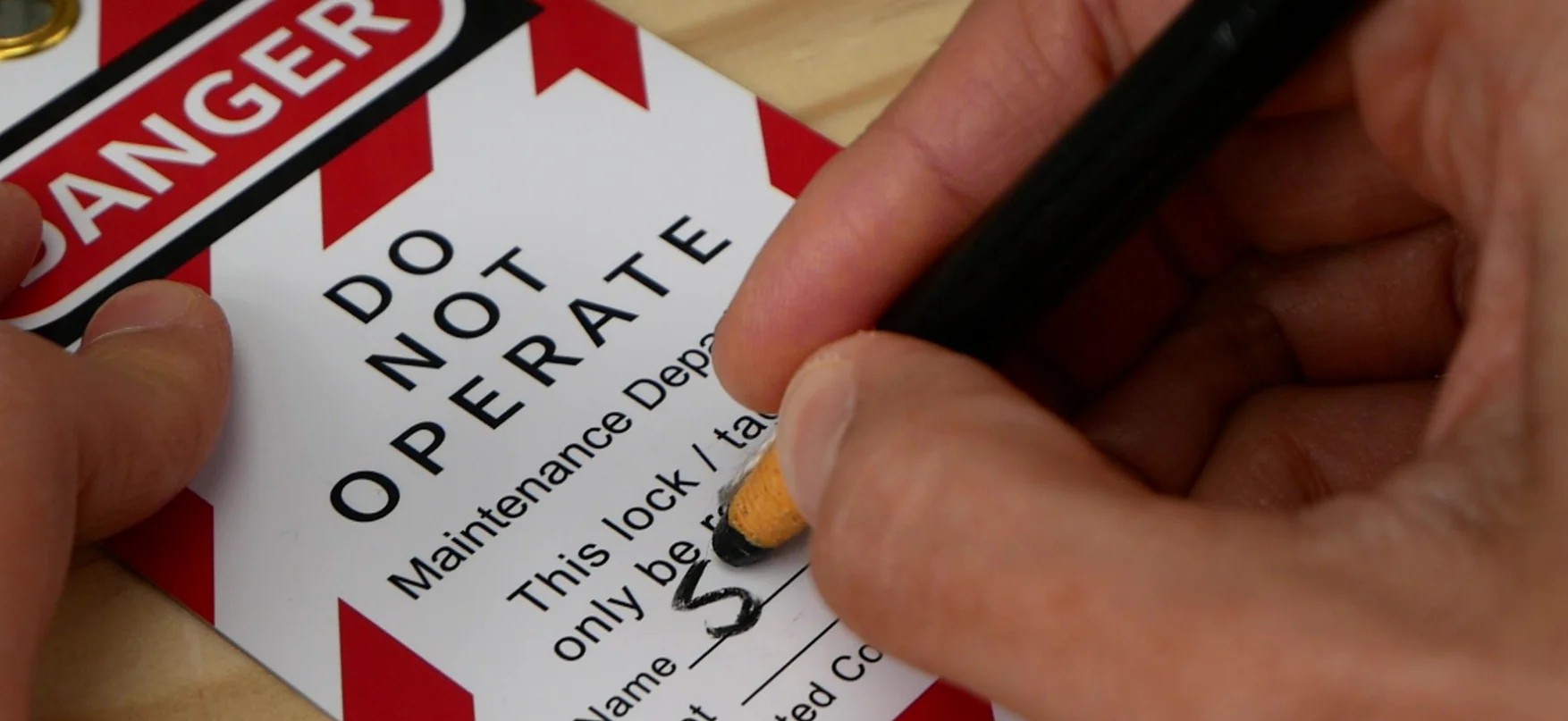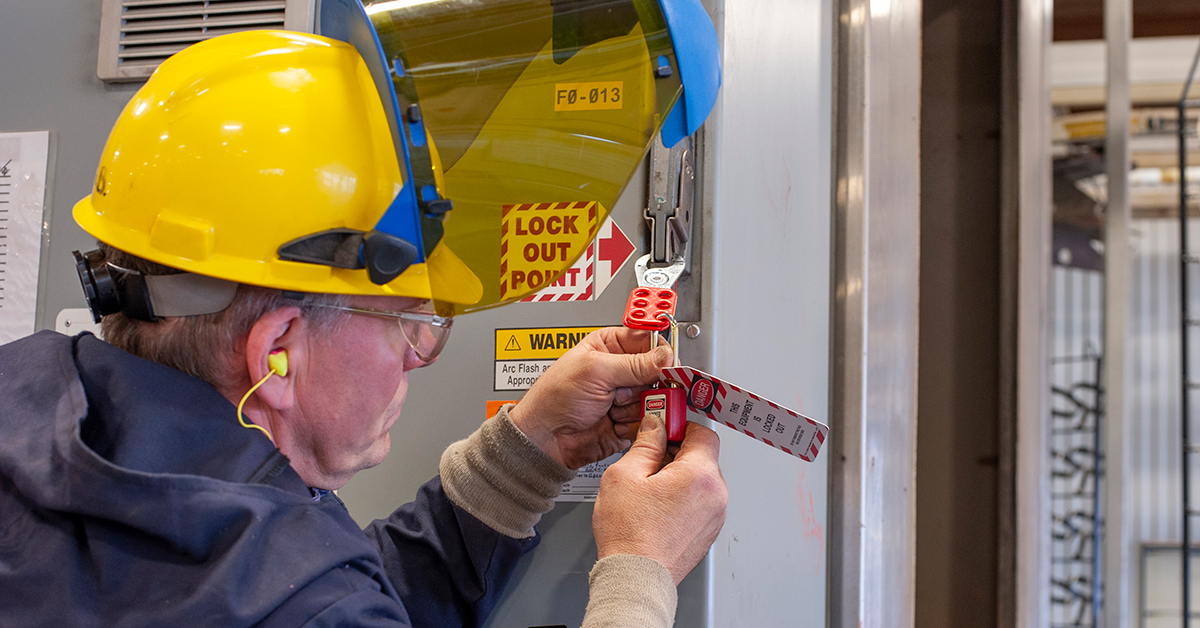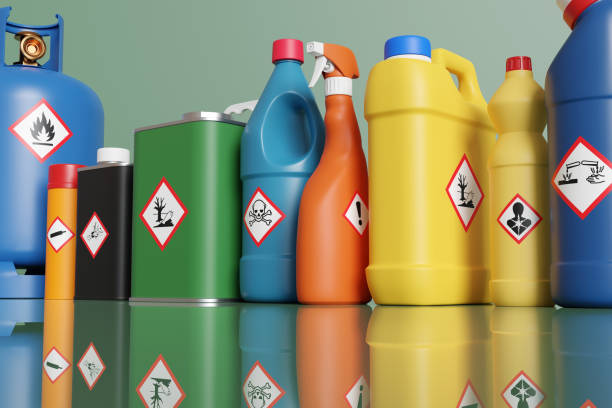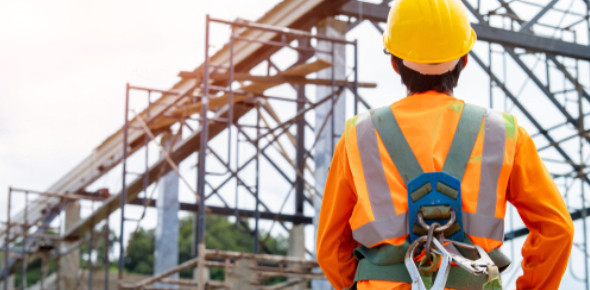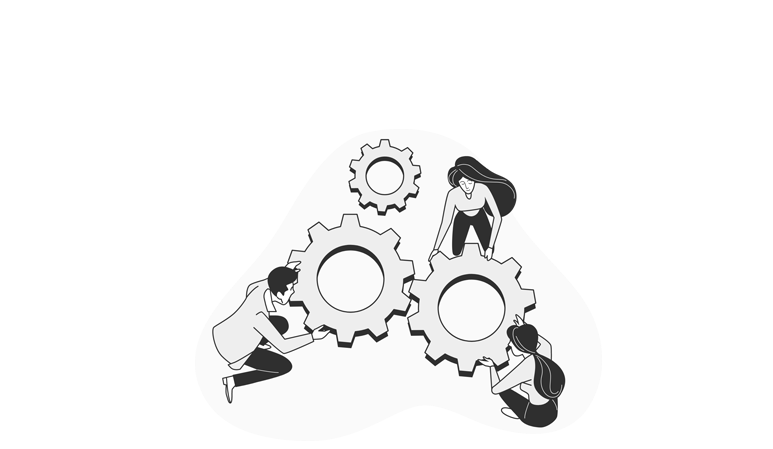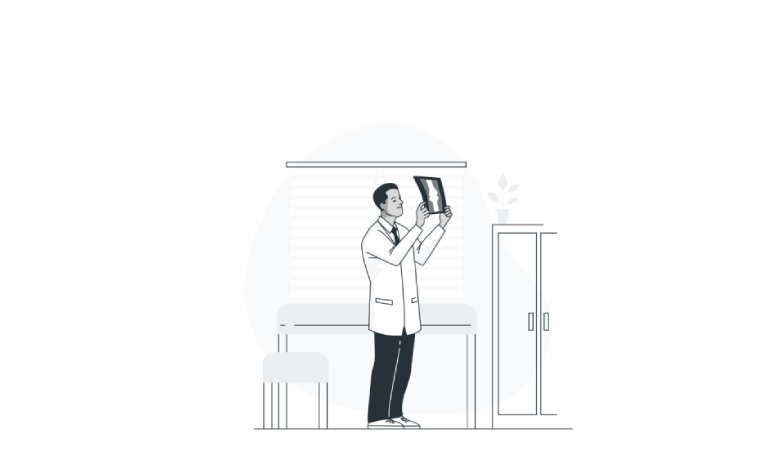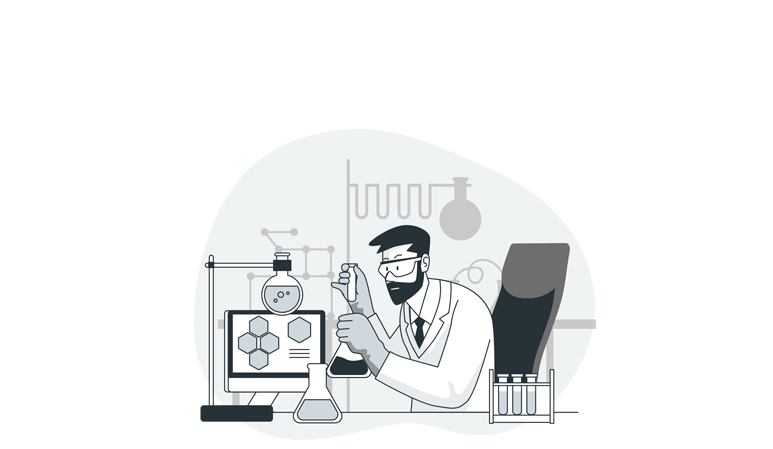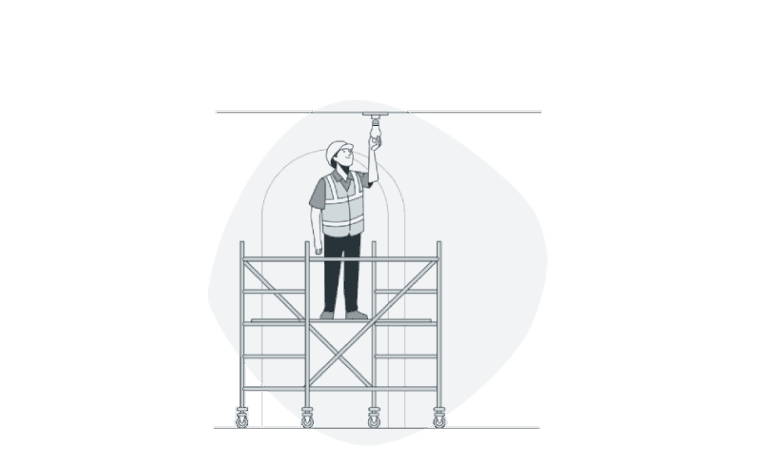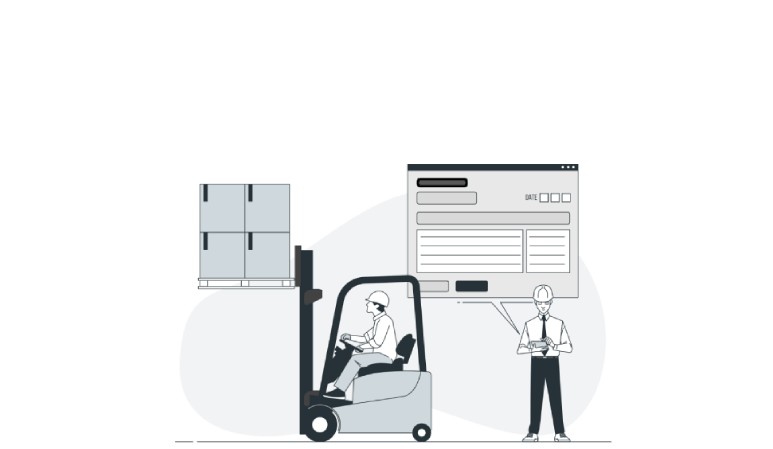
10 Apr 2025
Every job comes with its own set of risks. Whether it’s working with heavy machinery, handling chemicals, or simply navigating a cluttered office, hazards exist in every workplace. The key to minimizing injuries and ensuring employee safety lies in a proactive, structured approach: conducting thorough Job Hazard Analyses (JHAs) and ongoing safety assessments.
These tools are more than just regulatory checkboxes—they’re best practices that can transform workplace safety culture. And when paired with OSHA’s standards and guidance, they help employers create environments where safety isn't just a priority—it’s a built-in part of how work gets done.
What Is a Job Hazard Analysis?
A Job Hazard Analysis (JHA), also known as a Job Safety Analysis (JSA), is a process that breaks down a job into individual steps to identify potential hazards and determine preventive measures before work begins. OSHA defines it as a technique that focuses on job tasks as a way to recognize hazards before they cause harm (OSHA Publication 3071).
The goal of a JHA is not only to protect workers but also to improve productivity by ensuring tasks are performed as safely and efficiently as possible.
Why Hazard and Safety Assessments Matter?
Preventing workplace injuries and illnesses not only protects employees but also reduces costs and increases morale. According to OSHA, indirect costs—such as training replacements, lost productivity, and damage to reputation—can be at least 2.7 times higher than direct costs associated with an incident (OSHA 3885, p. 4).
More importantly, assessments are legally required. Under OSHA’s General Duty Clause, employers are obligated to maintain a workplace “free from recognized hazards that are causing or are likely to cause death or serious physical harm.” This clause forms the backbone of workplace safety and highlights the importance of actively identifying and mitigating risks.
Common Job Hazards
Hazards can be found in every type of work environment, and they typically fall into one or more of the following categories:
- Physical Hazards: Such as noise, unguarded equipment, extreme temperatures, or slippery floors.
- Chemical Hazards: Exposure to harmful substances like acids, solvents, or toxic fumes.
- Biological Hazards: Including mold, bacteria, viruses, or bloodborne pathogens.
- Ergonomic Hazards: Resulting from repetitive movements, poor posture, or improper lifting.
- Psychosocial Hazards: Stress, workplace violence, or long work hours affecting mental well-being.
Effective safety assessments should take all these categories into account to create a complete picture of workplace risks.
A Step-by-Step Approach to Job Hazard Analysis.
Implementing a JHA is a straightforward but powerful process. Here’s how it works:
1. Select the Job to Analyze
Start by identifying high-risk tasks. Prioritize jobs with a history of incidents, those that are new or non-routine, or those that involve potentially hazardous materials or equipment.
2. Break the Job into Steps
Next, divide the task into its individual actions. This helps in isolating specific parts of the job where things can go wrong.
3. Identify Hazards
Examine each step to uncover what could go wrong and what might cause an injury or illness. Observing workers performing the task can provide valuable insights, as can reviewing incident reports or maintenance logs.
4. Determine Controls
After identifying hazards, choose appropriate control measures. Follow the hierarchy of controls—a five-tier system ranked from most to least effective:
- Elimination – Remove the hazard entirely.
- Substitution – Replace the hazard with something safer.
- Engineering Controls – Use physical changes to isolate workers from hazards.
- Administrative Controls – Implement new policies, training, or scheduling.
- Personal Protective Equipment (PPE) – As a last resort, provide gear to reduce exposure.
For example, if workers are exposed to flying particles during a grinding operation, using a machine guard (engineering control) combined with face protection (PPE) would significantly reduce the risk.
OSHA requires hazard assessments related to PPE use, stating that employers must evaluate the workplace to determine if hazards are present and what PPE is necessary (29 CFR 1910.132(d)).
Beyond the JHA: Conducting Broader Safety Assessments
While JHAs focus on specific tasks, broader safety assessments take a comprehensive look at the entire work environment. These include:
- Routine Workplace Inspections: Identifying unsafe conditions or behaviors during daily operations.
- Near-Miss Reporting: Learning from incidents that could have caused harm, but didn’t.
- Risk Matrices: Assessing the likelihood and severity of hazards to prioritize corrective actions.
- Specialized Studies: Such as Hazard and Operability (HAZOP) studies in chemical processing environments.
Certain regulations require documented assessments. For instance, employers must assess respiratory hazards and ensure appropriate respirators are selected, fitted, and used according to OSHA’s respiratory protection standard (29 CFR 1910.134).
Employee Involvement: A Critical Success Factor
No safety assessment is complete without the input of the people doing the work. Employees often know the risks better than anyone else and can provide insights into near-misses or overlooked hazards. Involving them in JHAs and assessments ensures the measures developed are practical and effective.
In fact, OSHA standards across industries require that employees be trained to understand hazards and how to protect themselves—for example, under the Hazard Communication Standard (29 CFR 1910.1200), workers must be informed of the chemical hazards in their environment.
Creating a Culture of Continuous Safety Improvement
Safety isn't a one-time effort—it’s an ongoing commitment. Hazard assessments should be updated whenever there’s a change in equipment, procedures, or job scope. And when incidents occur, they should trigger a reassessment to prevent recurrence.
Embedding safety into workplace culture involves:
- Encouraging open communication about hazards
- Recognizing and rewarding safe behaviors
- Providing regular training and refreshers
- Holding leadership accountable for modeling safety practices
Don't Wait for an Incident—Lead with Prevention
Conducting job hazard and safety assessments is more than just a compliance requirement—it’s a proven way to protect your team and create a more productive, engaged workforce. By identifying risks before they lead to incidents and using OSHA’s standards as a guide, employers can build safer, stronger workplaces.
When safety becomes part of the way work is done—not an afterthought—everyone benefits.


.png)



.png)
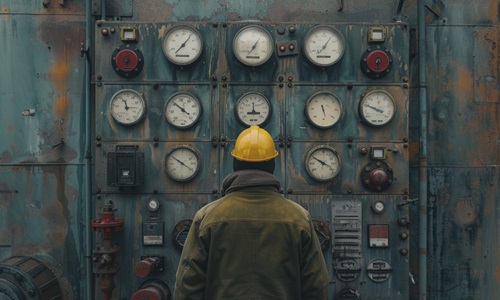

.png)
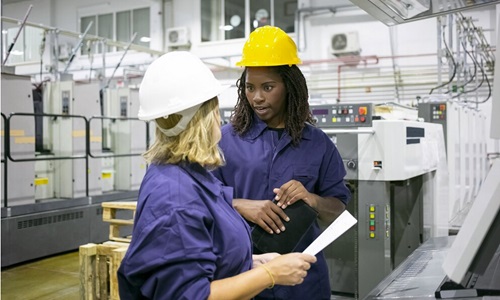

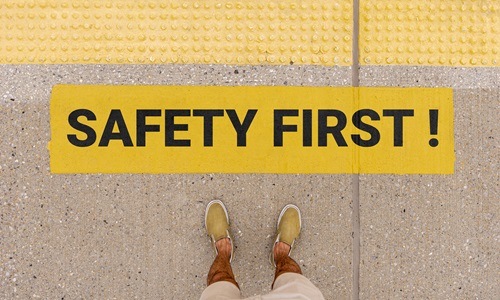

.jpg)


